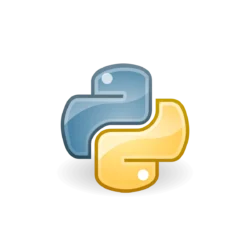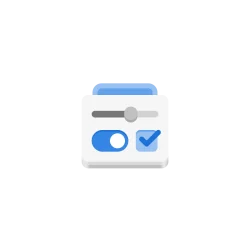
This tutorial shows how to install the most recent Shotwell photo manager and viewer (version 0.32.14 updated) in Ubuntu 24.04, Ubuntu 22.04, and Ubuntu 25.04.
Shotwell is a free open-source photo manager designed for the GNOME Desktop. It’s pre-installed and default in Ubuntu Desktop, when you installed the system with default or full installation mode.
The photo manager features import photos from disk or camera, organize by time-based events, tags (keywords), folders, and more. It supports basic image editing, such as crop, rotate, color adjust, straighten, and enhance photos.
As well, it supports video and RAW photos, create wallpaper slideshow, and share your photos to major web services, including Flickr, Tumblr and YouTube.

Continue Reading…




















